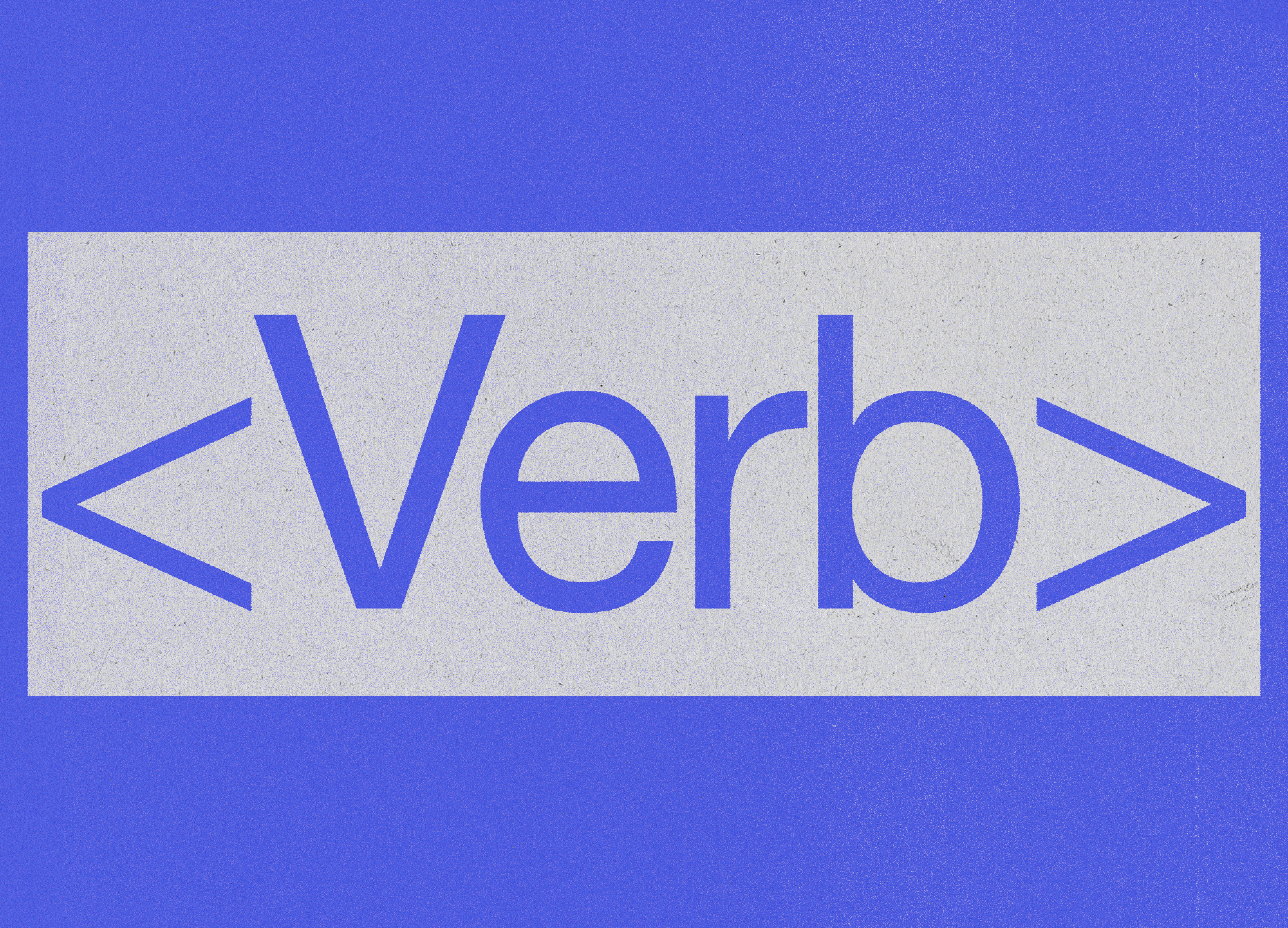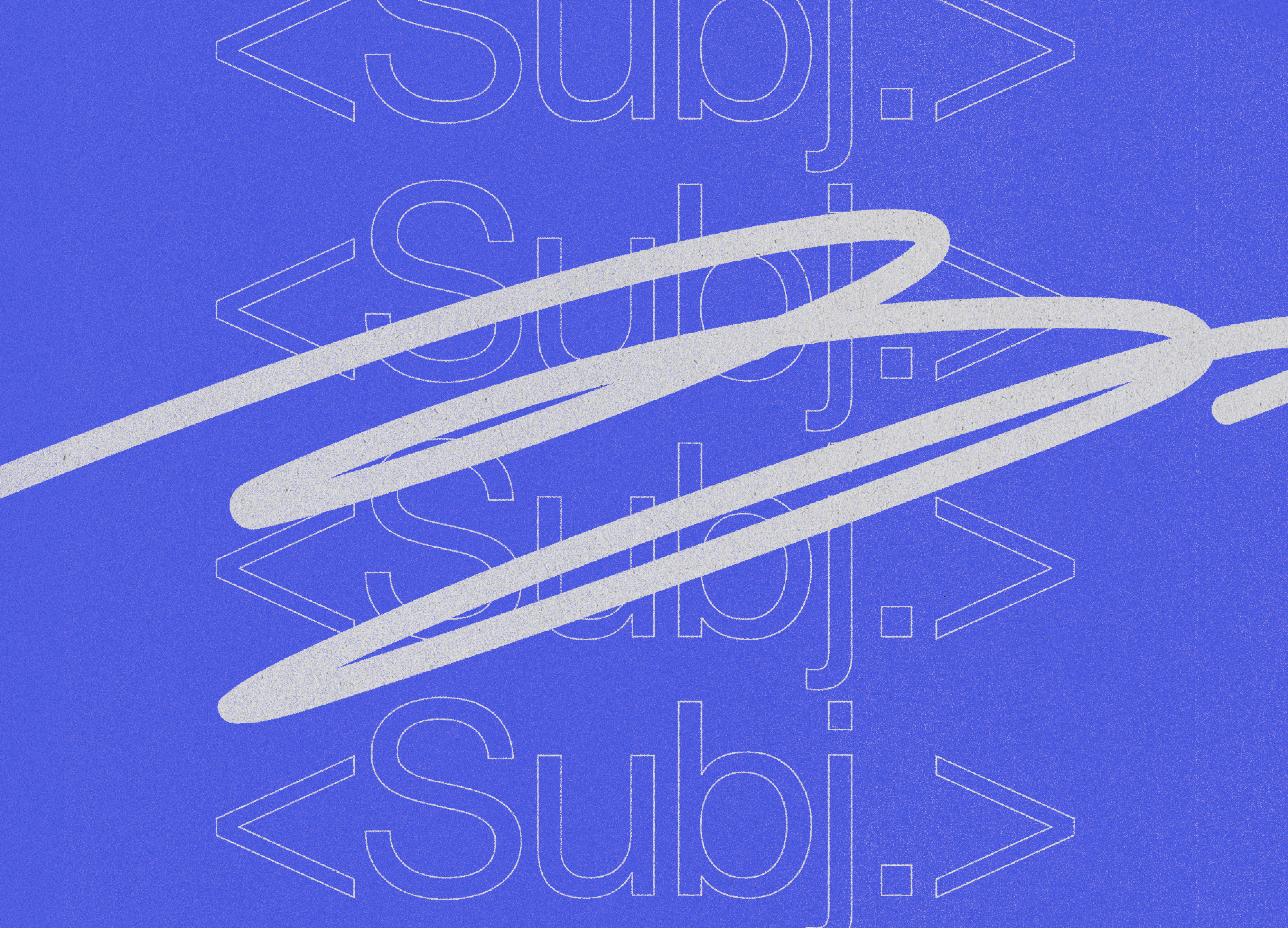rfid技术与应用教案
Writing is an important part of our education, as it’s a skill required for a lifetime. When learning to write, children discover how to put their thoughts into words, and they acquire skills on how to be organised, creative and think critically.
写作是我们教育的重要组成部分,因为它是一生所需的技能。 在学习写作时,孩子们会发现如何将自己的思想转化为文字,并掌握了如何组织,创新和批判性思考的技能。
When we were asked to make a brand new tool which combines machine learning and writing, we were thrilled. Skrible easily connects teachers and students, providing an accessible and understandable framework for teachers to customise their teaching.
当我们被要求制作一种将机器学习和写作相结合的全新工具时,我们感到非常兴奋。 Skrible可以轻松地将老师和学生联系起来,为教师自定义教学提供了一个易于理解的框架。
While we’ve already touched upon how Skrible works, and how it aims to personalise learning, this article explains the technical background of Skrible, and how we used Natural Language Processing (NLP) to facilitate the learning process.
尽管我们已经讨论了Skrible的工作方式以及其旨在实现个性化学习的目的,但本文将说明Skrible的技术背景,以及我们如何使用自然语言处理(NLP)来促进学习过程。
使作业更流畅,更快捷 (Making assignments smoother and faster)
One of the goals of Skrible is to streamline the way teachers and students keep track of criteria, assignments, deadlines, and feedback. We started by looking at the current workflow for teachers and focused on how they create and distribute their assignments.
Skrible的目标之一是简化老师和学生跟踪标准,作业,截止日期和反馈的方式。 我们从查看教师当前的工作流程开始,重点关注他们如何创建和分配作业。
During the first interviews we learned that teachers share and collect assignments in very different ways, and they receive a myriad of documents in different file formats in return.
在最初的访谈中,我们了解到教师以非常不同的方式共享和收集作业,并且他们以不同的文件格式收到了无数的文档作为回报。
With Skrible, we wanted to skip these tedious and time-consuming challenges, by presenting schools with a tool that makes it easy to share assignments, texts and feedback.
借助Skrible,我们希望通过向学校提供一种工具来轻松共享作业,文本和反馈,从而避免这些繁琐而耗时的挑战。

机器学习帮助人类教学 (Machine learning to help human teaching)
When the teacher creates an assignment, they have to make some sort of evaluation criteria based on a wide variety of options. These criteria form the basis to transparently evaluate the students and help the teacher keep track of the progression of each student:
当老师创建作业时,他们必须根据各种各样的选择制定某种评估标准。 这些标准构成了透明评估学生并帮助老师跟踪每个学生的进度的基础:
Title — Reminds the student to assign a catchy title to each text.
标题-提醒学生为每个文本分配一个醒目的标题。
Word count — Teachers can set a minimum and a maximum number of words they want the student to write. Skrible notifies the students if they exceed that number.
字数-教师可以设置学生要写的最小和最大单词数。 如果学生超过该人数,Skrible会通知他们。
Spellcheck — Checks both in Norwegian Nynorsk and Bokmål.
拼写检查-同时检查挪威Nynorsk和Bokmål。
Space count — Highlights incorrect use of spaces.
空间计数-突出显示对空间的错误使用。
Capital letters — Shows correct capitalisation of proper nouns, and lets you know when there’s no capital letter at the start of a sentence.
大写字母-显示专有名词的正确大写,并在句子开头时没有大写字母时通知您。
Terms — Defines a list of words the students are supposed to use.
术语-定义学生应该使用的单词列表。
Repetition — Shows if a student has multiple repetitions of words.
重复-演出 如果学生有多个单词重复。
Long sentence — Highlights lengthy sentences.
长句子-突出冗长的句子。
Paragraphs — Shows if a paragraph is too long.
段落-显示段落是否太长。
Text structure — Reminds the student to structure the text correctly.
文本结构-提醒学生正确构造文本。
Commas — Corrects the usage of a comma before “but”.
逗号—纠正“ but”之前的逗号用法。
Full stops — Marks full stops in the title as errors.
句号—将标题中的句号标记为错误。
Question marks — Reminds the student that a question needs a question mark at the end.
问号-提醒学生最后一个问题需要问号。
Exclamation marks — Notifies exaggerated use of exclamation marks.
感叹号—通知夸张使用感叹号。


When building Skrible we wanted it to accurately detect and suggest improvements for a written text.
在构建Skrible时,我们希望它能够准确地检测出书面建议并提出改进建议。
Each of the criteria mentioned above can be analysed with the help of modern text technology techniques that simulate the way humans process language. We decided to extensively make use of the great Python NLP library spaCy.
可以使用模拟人类处理语言方式的现代文本技术来分析上述每个标准。 我们决定广泛使用出色的Python NLP库spaCy 。
Each NLP task starts with tokenisation, Part of Speech (PoS) tagging and dependency parsing the text. This information provides further information in subsequent analyses. Simply put, tokenisation is the process of finding meaningful words in strings of text. While PoS tags categorise each word in its syntactic class (noun, verb, etc. ), dependency parsing defines the relationship between the words and therefore represents its grammatical structure.
每个NLP任务都以标记化,词性(PoS)标记和依赖项解析文本开始。 该信息在后续分析中提供了更多信息。 简而言之,令牌化是在文本字符串中查找有意义的单词的过程。 PoS标签将每个单词归为其句法类(名词,动词等)时,依存关系解析定义了单词之间的关系,因此代表了其语法结构。
Luckily, spaCy provides a pre-trained language model for Bokmål, the most used written variation of Norwegian. But for Nynorsk, the second written variation, we had to train our own model based on Nynorsk Universal Dependencies. For further exploration go to Github to learn more.
幸运的是,spaCy为Bokmål(挪威最常用的书面变体)提供了预先训练的语言模型。 但是对于Nynorsk(第二个书面变体),我们必须根据Nynorsk通用依赖项训练自己的模型。 要进一步探索,请访问Github了解更多信息。
如何训练SpaCy Nynorsk语言模型 (How to train a SpaCy Nynorsk language model)
Training models in spaCy is a breeze. After the usual data preprocessing one can simply train a blank model via the command line with spaCy’s training script. In this setting, we also chose to improve accuracy by leveraging transfer learning and adding Fasttext’s word vectors:
在spaCy中训练模型非常容易。 经过通常的数据预处理之后,您可以简单地通过命令行使用spaCy的训练脚本来训练空白模型。 在这种情况下,我们还选择通过利用转移学习并添加Fasttext的单词向量来提高准确性:
# Download Nynorsk vectors & create Spacy model
# Download Nynorsk vectors & create Spacy model
wget -P fasttext https://dl.fbaipublicfiles.com/fasttext/vectors-crawl/cc.nn.300.vec.gz
wget -P fasttext https://dl.fbaipublicfiles.com/fasttext/vectors-crawl/cc.nn.300.vec.gz
python3 -m spacy init-model nn models/nn_vectors_ft_lg --vectors-loc fasttext/cc.nn.300.vec.gz
python3 -m spacy init-model nn models/nn_vectors_ft_lg --vectors-loc fasttext/cc.nn.300.vec.gz
and actual training:
和实际训练:
python3 -m spacy train nn --version=0.0.1 --vectors=models/nn_vectors_ft_lg models/nn_ud_fasttext_md data/nynorsk-ud-train.json data/nynorsk-ud-test.json
python3 -m spacy train nn --version=0.0.1 --vectors=models/nn_vectors_ft_lg models/nn_ud_fasttext_md data/nynorsk-ud-train.json data/nynorsk-ud-test.json
Voilà — we now have a Nynorsk model with tokenisation, Part of Speech tagging and dependency parsing ready to use for our text analyser.
Voilà—我们现在有了一个带有令牌化功能的Nynorsk模型,它可以用于我们的文本分析器,包括语音部分标记和依赖项解析。

深入了解挪威语拼写校正 (Looking deeper into Norwegian spelling correction)
Traditional spelling correction algorithms rely heavily on dictionaries to find the correct words.
传统的拼写校正算法在很大程度上依赖词典来查找正确的单词。
There used to be a “spell-Norwegian project”, an open-source approach in building Norwegian dictionaries that are readable by all major open-source software, for both Bokmål and Nynorsk but sadly it is no longer maintained nor developed. The Norwegian Language Packs, used by Firefox or Chrome, are based on these dictionaries but are outdated spelling-wise. So we took matters into our own hands and compiled our own updated version.
过去曾经有一个“挪威拼写项目”,这是一种开放源代码的方法,用于构建适用于Bokmål和Nynorsk的所有主要开放源代码软件都可以读取的挪威词典,但遗憾的是,它不再得到维护或开发。 Firefox或Chrome使用的挪威语语言包基于这些词典,但在拼写方式上已过时。 因此,我们自己处理了事情,并编译了自己的更新版本。
The National Library of Norway is a great resource for finding Norwegian text corpus, annotated texts and word lists, such as Norsk Ordbank, reflecting the official standard orthography of both Nynorsk and Bokmål. We took the more recent word lists and enriched the open-source dictionaries to be up-to-date. Then we leverage the great “Hunspell”, a free spell checker and morphological analyser library, to check for correct spellings.
挪威国家图书馆是查找挪威文本语料库,带注释的文本和单词列表的绝佳资源,例如Norsk Ordbank,反映了Nynorsk和Bokmål的官方标准正字法。 我们采用了最新的单词列表,并丰富了开放源代码词典的最新内容。 然后,我们利用强大的“ Hunspell ”,一个免费的拼写检查器和形态分析器库来检查正确的拼写。
The methods described so far, don’t deal well with correct words that are not in the dictionary. To solve this, we found another way of enriching the data — by the usage of predefined entities. Entities are words or phrases that stand (fairly) consistently for some referent. In such a way an entity can refer to a person, city, building or country. Compiling a list of known entities enabled us to further improve the spelling correction within Skrible.
到目前为止描述的方法,不能很好地处理词典中没有的正确单词。 为了解决这个问题,我们找到了另一种丰富数据的方法-通过使用预定义的实体。 实体是(相当)一致地代表某些对象的单词或短语。 以这种方式,实体可以指个人,城市,建筑物或国家。 编制已知实体列表使我们能够进一步改善Skrible中的拼写校正。
We also wanted to include another common source of error; composite detection. Germanic languages and Proto-Indo-Iranian languages like Sanskrit allow for (possibly) infinite constructions of compound words. By compiling a lite language model that relies on bigrams to detect possible composites, we helped ourselves to be able to see these errors.
我们还想包含另一个常见的错误源; 复合检测。 日耳曼语语言和原始梵语(如梵语)允许复合词的(可能)无限构造。 通过编译依赖于双字母组的精简语言模型来检测可能的组合,我们帮助自己发现了这些错误。
学习学习 (Learning to learn)
Skrible offers additional features than what is mentioned above. Teachers can easily provide feedback via the review functionality and communicate with students by adding comments. Together with our clients KF (Kommuneforlaget) and NTB Arkitekst we aim to support students and teachers when learning to master understanding, writing and creativity.
除上述功能外,Skrible还提供其他功能。 教师可以通过复习功能轻松提供反馈,并通过添加评论与学生进行交流。 我们与客户KF(Kommuneforlaget)和NTB Arkitekst一起,旨在为学生和老师提供学习掌握理解,写作和创造力的支持。
Since August, 3200 students at 44 schools in Bærum municipality have started to use Skrible. Do you want to try the new writing tool? Feel free to contact Anja or Marte in the Skrible team!
自8月以来,位于Bærum市44所学校的3200名学生开始使用Skrible。 您想尝试新的书写工具吗? 随时与Skrible团队联系Anja或Marte !
Illustrations by Oliver O’Callaghan.
Oliver O'Callaghan的插图。
翻译自: https://medium.com/bakken-bæck/putting-the-tech-in-teaching-6f2c2368e49e
rfid技术与应用教案





















 6743
6743











 被折叠的 条评论
为什么被折叠?
被折叠的 条评论
为什么被折叠?








